Grading of SPJ Rods
I have rated slow pitch rods into 3 classes. I would like to explain the difference between classes.
There used to be no Japanese SPJ rods available outside Japan for a long time. Now I’m happy to see some products available in many places in the world, even though people still have difficulties finding the rod they want. Class C rods are still easier to find than Class A rods. So let’s talk about what are the differences.
Please understand that I can’t say much about non-Japanese rods. Simply because they are not available in Japan.
High resiliency
Slow pitch rods are parabolic action. The blanks are highly resilient, thin in diameter, and thin-walled. “Crispy” is probably the word to best describe the characteristics. The idea is that the whole length bends, the whole length springs up, and the spring-back action is slow, big and powerful.
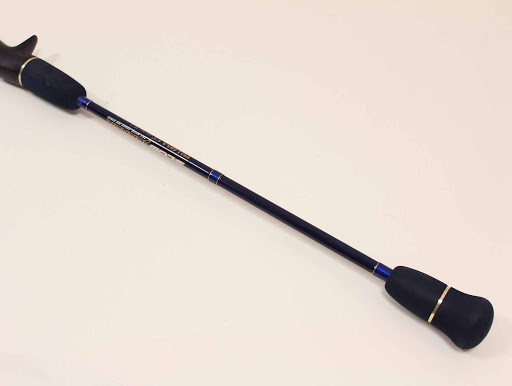
SPJ rods are all blanks between the reel seat and the rod end except for the little EVA. Do you know why?
Because we want to use the whole rod length to whip up like a spring. We have the rod end under the elbow. That is a fulcrum of the leverage. Then the whole length will bend and whip up. And the force will be slow and strong, just like the way you want it.
What if there is EVA cover like other jigging rods?
If you have a sports tape, put a tape on this part of your SPJ rod. And try to feel a weight with your elbow on the rod end. You will feel the difference. That part doesn’t want to bend, therefore, doesn’t want to participate in the whipping action. Deepliner rod doesn’t even paint the rod because the paint also resists to bending. That’s kind of an extreme case but all good SPJ rods are generally very careful with the paint too.
So, you know what I feel when I see a non-Japanese SPJ rods with a flashy color with the thick paint on the blanks.
What rod specs don’t tell you;
Class C rods can be less resilient and just firm. It bends less, and springs back quickly. And the power of spring back actions is not necessarily strong, just quick.
Class A rods can work with heavier jigs in heavy water condition.
The difference becomes obvious in tough conditions. The heavy water resists when you try to lift up, and Class C rods may just bend little and quick, and whip up little and quick, while Class A rod can whip slow, big and strong.
High Sensitivity
Sensitivity is a heart of slow pitch jigging. Class A rods are very much dedicated to sensitivity in every details. Not only the blanks, but also the guide materials, guide settings, rod paint, reel seat, and amber… You will hear the jig moving.
Seafloor Control JAM rod has BAVS “Bite Amplified Void System”. With the special finish at the rod end, the whole blanks amplifies the little vibrations from the line like an audio instrument.
What rod specs don’t tell you;
The information you can get from Class A rod is far greater and sharper than Class C rod. Class C rod feels “dull”.
Product Consistency
There have been reports of broken blanks and guides with Class C rods. I also hear, with the same brand of the same model, some are good and some are not. Product consistency is always a problem with a low-grade products.
It takes highly skilled craftsmanship to produce blanks with high carbon sensitive material.
Class A and B are made in Japan. None of Class C rods use the blanks that are made in Japan. They say “made in Japan” because the rods are assembled in Japan.
Sometimes I hear that Slow Jerker top guides are vulnerable. Yes they are. They use the light guides that are used to be used for bass fishing. Just be careful on land. Not going to be a problem in fishing. Dangers lay when you load the rods on and off your car, etc.
Field Tests
I know top-notch Class A rods are tested in the field so many times. So many prototypes. Looking for the best combination of different fragments and tunings.
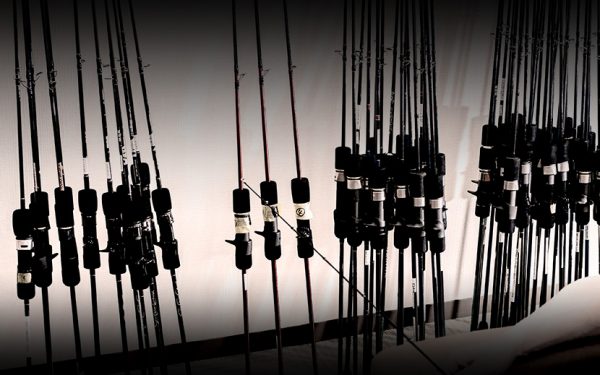
Sato Sensei designed Slow Jerker. Captain Higashimura designed Deepliiner. Mr. Hirota designed Seafloor Control JAM rods. They are all top SPJ experts and they made the best rod that they want to use in the field.
I also know some Shimano field testers. Xesta staffs are all excellent SPJ anglers too, and I like their attitude that they don’t hire field-testers, the staffs love the game and they make what they want to use themselves.
For Class A and B, I know the rods are tested heavily. That makes a big difference from Class C rods.
Please note. I’m not saying that you can’t do slow pitch with Class C rods. You can. You really can.
Don’t hold back. Go ahead and try. Start your game.
But there are differences from other upper grades, and these are the things that you are paying for with better class rods.
If you say you want to start with Class C rod, see how it works for you, and you will determine if you pursue this game in the future, I’d agree with you.
But if Class A or B rods are available in your area, with a decent shipping fee, and the budge is somehow affordable for you, I would recommend to wait and save for several more months to get these rods.
Hope the information helps you! Good luck!
Tags In
Related Posts
1 Comment
Leave a Reply Cancel reply
Categories
- 1. SPJ (57)
- 1-1. Principles (9)
- 1-2. Techniques (11)
- 1-3. Setup (17)
- 1-4. FAQ (19)
- 1-5. Tackles (3)
- 1-6. Video Gallery (2)
- 2. Other Offshore Games (5)
- 3. Fishing Report (105)
- 3-1. Totos (25)
- 3-2. Readers (72)
- 4. Fish Cooking (19)
- 4-1. Iki-Jime (3)
- 4-2. The Art of Sashimi (5)
- 4-3. Recipe (7)
- 4-4. Seasoning (3)
- 5. Fishing Charter (6)
- Fish (12)

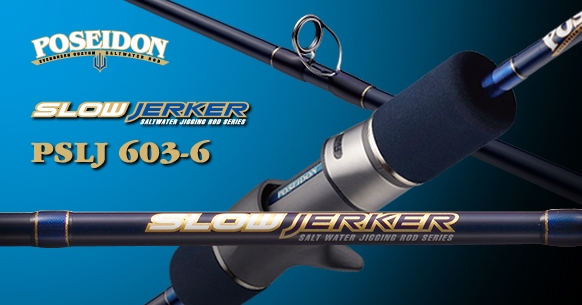

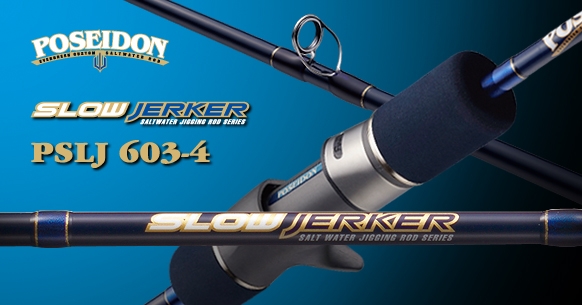
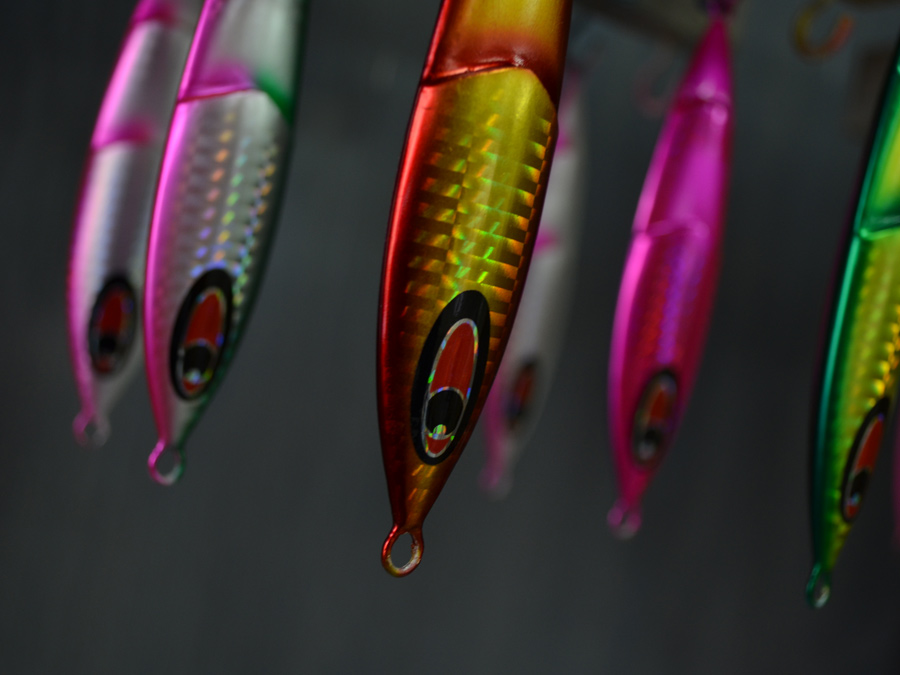
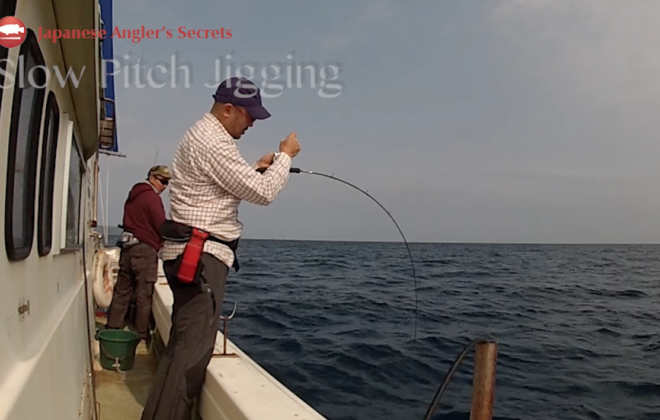
[…] You love fishing. You love being out in the water, on the sand, or standing on the pier and casting your line. But, maybe it’s time to get a new rig before you book your Iceland trip, and you’re not sure what you need. If you’re looking for the best fishing gear available, here’s what you should put on your shopping list. […]